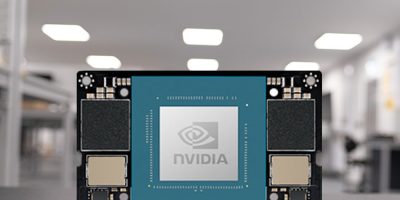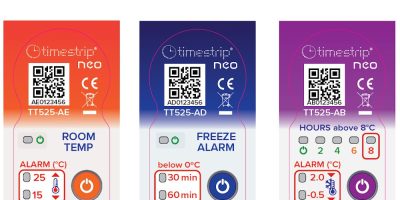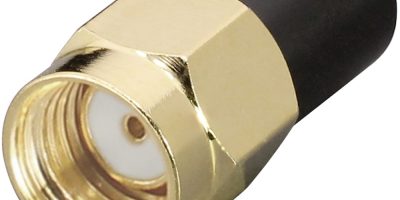Support for SiFive’s automotive products by IAR Systems continues with the IAR Embedded Workbench for RISC-V for the SiFive Automotive E6-A and S7-A series. These processors address automotive applications such as infotainment, connectivity and ADAS.
The development toolchain helps embedded software developers make full use of the energy efficiency, simplicity, security and flexibility that RISC-V offers, said IAR Systems.
RISC-V uses a single instruction set architecture (ISA) across all product offerings which increases code portability and can contribute to reduced cost and time-to-market for automotive applications. The SiFive automotive processor families feature options that enable both area and performance optimisation for different integrity levels such as ASIL B, ASIL D or mixed criticalities with split-lock, in line with ISO26262.
SiFive’s E6-A series is aimed at a variety of real-time, 32-bit applications, from system control to hardware security modules (HSMs) and safety islands, and of course standalone in microcontrollers. The S7-A series is a 64-bit, high-performance real-time core for SoCs with performant safety islands, requiring both low latency interrupt support and the same 64-bit memory space visibility as the main application CPUs.
IAR Embedded Workbench for RISC-V is a complete development toolchain including the IAR C/C++ Compiler and comprehensive debugger. Customers can generate compact-sized code for automotive applications because the tools come with a comprehensive safety offering. The functional safety edition of IAR Embedded Workbench for RISC-V is certified by TÜV SÜD according to the requirements of functional safety standards including ISO 26262 and IEC 61508. To ensure code quality for automotive applications, the seamlessly integrated C-STAT tool for static code analysis proves code alignment with industry standards like MISRA C:2012, MISRA C++:2008 and MISRA C:2004.
“IAR Systems is a proactive member of the RISC-V community. Our close relationship with SiFive enables us to provide support for their latest CPU IP”, said Anders Holmberg, CTO of IAR Systems.
Customers using IAR Embedded Workbench for RISC-V benefit from IAR Systems’ guaranteed support for the sold version for the duration of the support contract, validated service packs, and regular reports of known deviations and problems.







